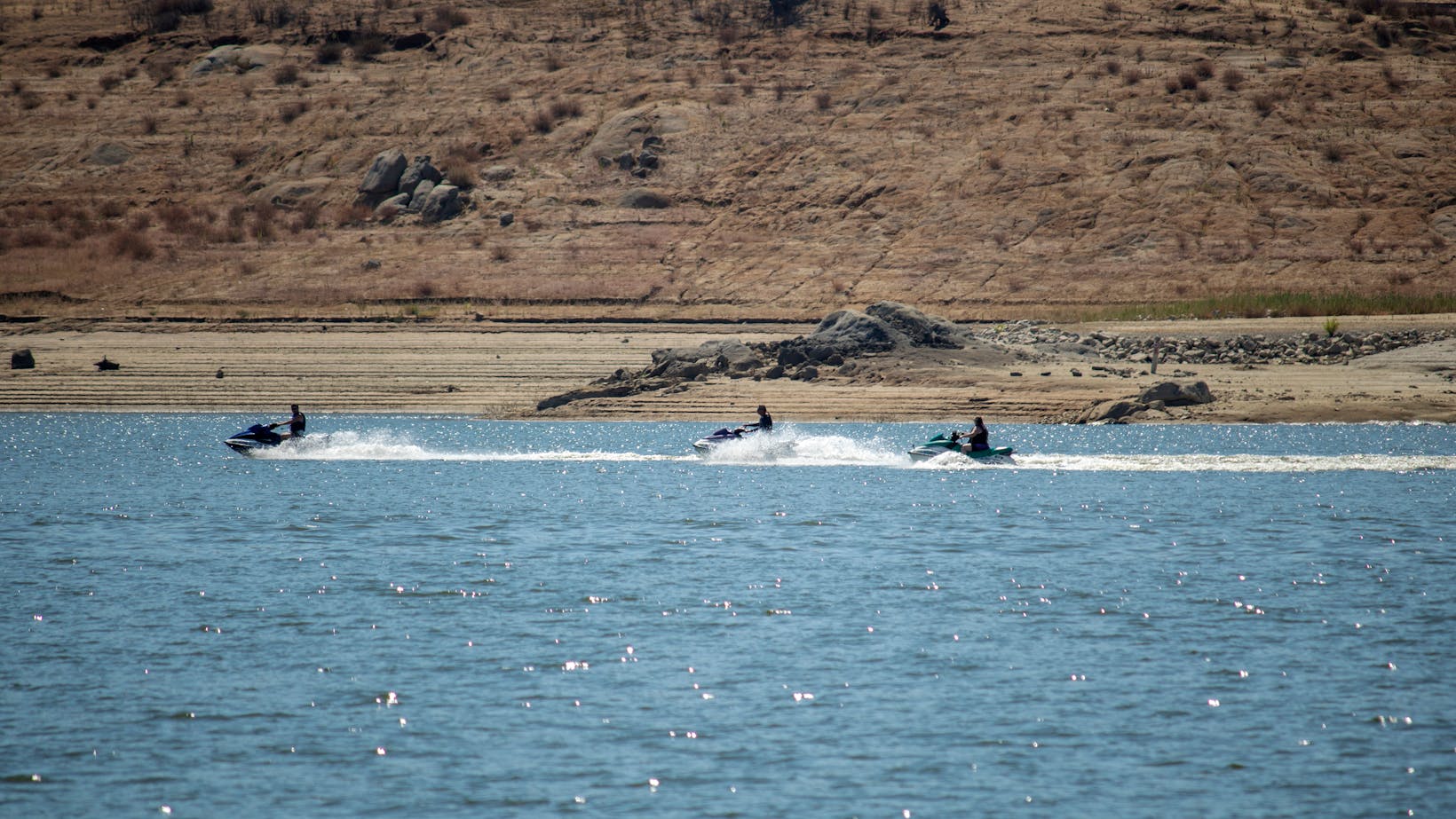Jet ski racing, a thrilling water sport that combines speed, skill, and the serenity of the open water, has surged in popularity across the globe. This adrenaline-pumping activity isn’t just about racing across the water’s surface at breakneck speeds; it’s also about the precision and agility required to navigate through challenging courses. As racers slice through waves, they not only battle their competitors but also the unpredictable elements of nature, making every race a unique experience.
Jet Ski Racing
In jet ski racing, the right equipment and safety measures are paramount, ensuring participants enjoy the thrill of the sport while minimizing risks. Racers must wear approved life jackets and helmets, providing flotation and protection from impact. Protective gear, including wetsuits, gloves, and goggles, shields racers from water spray and enhances grip and visibility. Jet skis themselves are equipped with kill switches, which immediately cut power if a rider falls off, a crucial safety feature in a high-speed race.

Furthermore, specialized racing jet skis come with enhanced features such as improved hull stability, responsive handling, and powerful engines, specifically designed to tackle the challenges of competitive racing. Adherence to safety protocols and the use of specialized equipment together ensure that jet ski racing remains an exhilarating yet secure water sport for racers and spectators alike.
Leading Jet Ski Racing Competitions around the Globe
Jet ski racing showcases some of the most prestigious competitions globally, attracting top athletes and large audiences. Key events include:
- The IJSBA World Finals, hosted annually in Lake Havasu City, Arizona, stands as the most significant jet ski racing event worldwide. Competitors from over 40 countries gather to compete for the world champion title across various classes.
- The P1 AquaX World Championship offers a unique format, focusing on sea-conditions racing, and attracts professional and amateur riders alike. It tours different locations, including the United States and Europe, emphasizing endurance and skill in challenging waters.
- The Jettribe European Championship is noted for its competitive spirit and diverse categories, catering to different experience levels and age groups. It traverses various European countries, showcasing scenic routes and fierce competition.
- The Kings Cup, held in Thailand, not only enjoys royal endorsement but also features as a key event in the international jet ski racing calendar. It draws competitors with its challenging courses and vibrant cultural experience.
Profiling Top Jet Ski Racers
Building on the exciting world of jet ski racing, this section profiles top racers known for their unparalleled speed, skill, and dedication to the sport. Their achievements underscore the competitive spirit and athleticism that jet ski racing demands.
- Eric Malone: Known for his agility and precision on the water, Malone has secured multiple titles at the IJSBA World Finals. His expertise not only lies in racing but also in mentoring upcoming racers, showcasing his commitment to the sport.
- Dustin Farthing: With a career spanning over two decades, Farthing’s name is synonymous with success in jet ski racing. He holds numerous national and world titles, demonstrating his prowess in both closed-course and endurance racing formats.
- Kylie Ellmers: Ellmers represents top-tier athleticism in the women’s division, with several victories at prestigious international competitions. Her strategy and strength on the course have inspired many female racers to pursue the sport professionally.
- Chris MacClugage: Boasting an impressive career, MacClugage has earned acclaim in both the national and international racing circuits. His tactical racing approach and seamless navigation through challenging courses have earned him a revered spot among the legends of jet ski racing.
A Closer Look into the Rules and Regulations of Jet Ski Racing
Jet ski racing, a sport where speed and skill intertwine, operates under stringent sets of rules and regulations to ensure fair competition and safety. Governing bodies like the International Jet Sports Boating Association (IJSBA) and the Personal Watercraft Racing Association (PWRA) set these guidelines. Key regulations include:

- Class Specifications: Racers must enter competitions that match their skill level and jet ski’s specifications. Classes range from novice to pro, with categories for stock, limited, and modified jet skis.
- Safety Gear: Helmets, life vests, and wetsuits are mandatory for all competitors. This equipment must meet regulatory standards to be considered adequate.
- Course Requirements: Races take place on marked courses, which can be in closed bodies of water or offshore. Competitors must navigate these courses accurately, adhering to the set path and buoy placement.
- Conduct: Sportsmanship is paramount in jet ski racing. Rules strictly prohibit dangerous behaviors, including aggressive riding or impeding another racer’s path.
